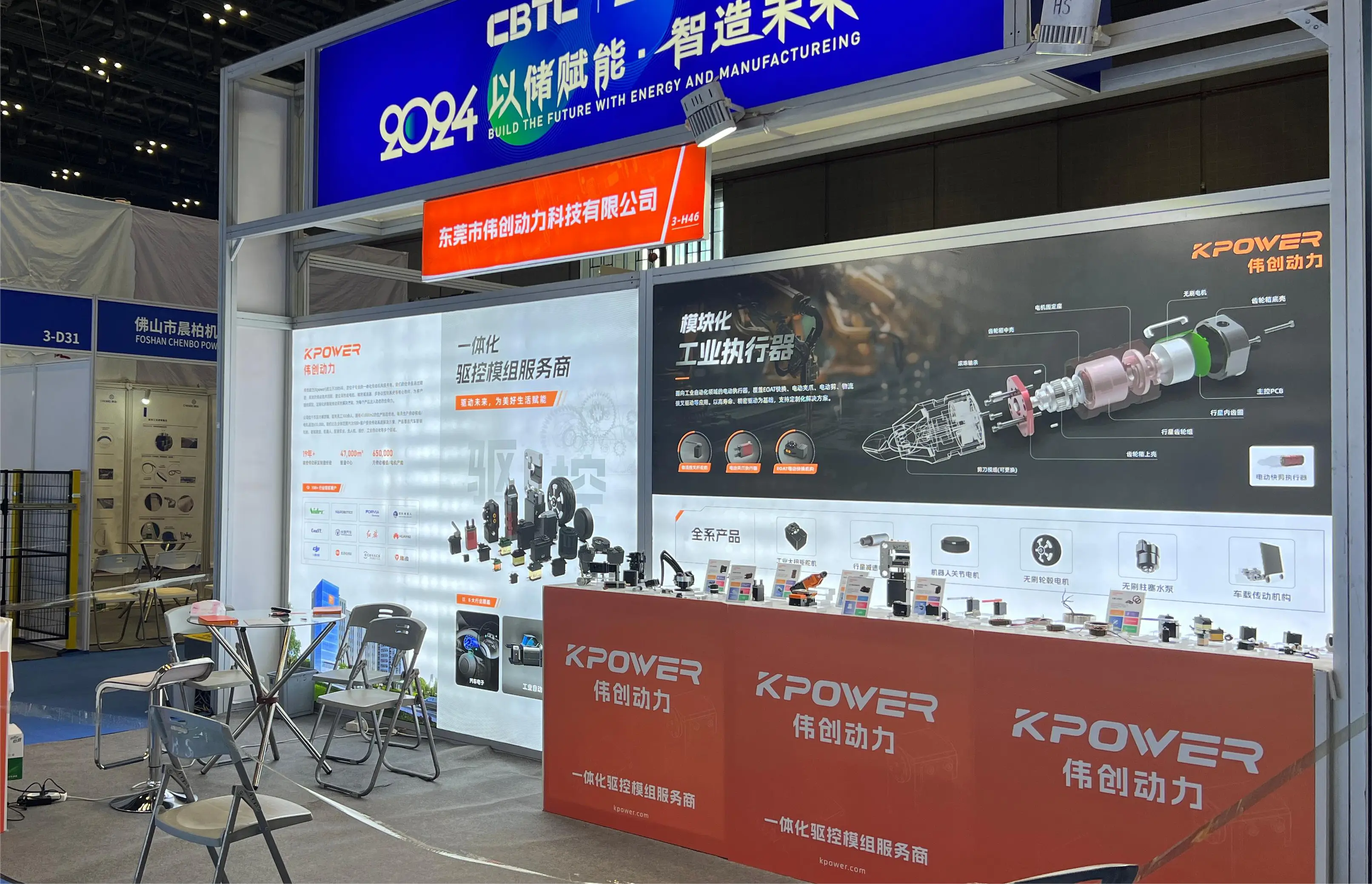In today’s interconnected world, the journey of a simple device, like a TV remote control, from a factory floor to a customer's living room is a fascinating tapestry woven with checks, balances, and classifications. Among these, the harmonized system (HS) code plays a pivotal role, acting as the universal passport that facilitates international trade.

So, what exactly is an HS code? And why does it matter so much when it comes to a commonplace object like a remote control? To truly appreciate its importance, we need to delve into the origins and structure of this system.
The Origin and Purpose of the HS Code
The HS code, officially known as the Harmonized System code, was developed by the World Customs Organization (WCO) in the 1980s. It has since become the international standard for classifying traded products. Governments, customs agencies, and international trade organizations rely on HS codes to identify goods accurately, ensure proper tariffs are applied, and prevent smuggling and misclassification.
The core goal of the HS system is to create a common language that facilitates seamless movement of goods across borders while making trade data comparable and transparent. Every product, from raw materials to finished electronics, is assigned a specific code.
Structure and Composition of the HS Code
Most HS codes consist of six digits, which express a hierarchy of product categories:
The first two digits indicate the chapter (e.g., "85" for electric machinery and equipment). The next two digits specify a heading within that chapter (e.g., "15" for television receivers, whether for domestic or commercial use). The final two digits denote subheadings, providing more precise classification (e.g., "20" might specify certain types of remote controls or accessories).
Countries can further customize the codes with additional digits, creating national or regional sub-categories known as tariff or customs codes.
Why Accurate Classification Matters for TV Remote Controls
When a manufacturer ships a batch of TV remote controls abroad, they must declare their goods with the correct HS code. An accurate classification ensures:
Proper Tariff Application: Different codes attract different duty rates, which directly influence the product’s landed cost. Clear Customs Clearance: Customs officers rely on these codes to quickly verify the goods’ nature, potentially avoiding delays. Trade Statistics and Market Analysis: Correct HS coding contributes to accurate trade data, which influences trade policies and business strategies.
Imagine shipping a batch of remote controls designated as generic electronic accessories. If classified under a broad or incorrect code, you might face higher tariffs or delays, or even risk penalties for misclassification.
The Specific HS Code for TV Remote Controls
For remote controls—particularly those designed to operate televisions—the most relevant HS code generally falls under Chapter 85:
HS Code 8526.92: This code is often used for “remote control units” for television receivers. Although the precise code can vary depending on the specific design and function, 8526.92 is the go-to classification in many countries.
Some countries might have subcategories or local variations, but with the global consensus in mind, 8526.92 provides a reliable baseline for international trade documentation.
Challenges in Classifying TV Remote Controls
While the process sounds straightforward, remote controls have unique characteristics that can complicate classification:
Multiple Functions: Some remote controls include voice command features, built-in microphones, or smart-home integrations. Wireless Technology: Remote controls using Bluetooth, Wi-Fi, or infrared signals may blur boundaries between electronic accessories. Additional Features: Built-in rechargeable batteries or integrated screens can influence classification since some codes differentiate products based on power source or display features.
In such scenarios, customs authorities may request detailed product descriptions or technical datasheets to ensure correct classification.
Practical Tips for Accurate HS Code Declaration
Consult Official Customs Tariffs: Use the customs authority’s online tariff look-up tools or tariff schedules to verify the latest codes for remote controls. Work with Customs Brokers: Experienced import-export agents can help navigate complex classification issues. Review Product Specifications Carefully: Document all features, including connectivity methods, functionalities, and power sources. Stay Updated: HS codes are periodically revised, so continuous review ensures compliance.
The Global Impact of Correct Classification
Accurately classifying TV remotes not only benefits individual shipments but also impacts global trade flows. Proper HS codes facilitate smoother customs procedures, reduce costs, and promote better compliance. Moreover, they help manufacturers and traders avoid costly delays or penalties.
That’s a good overview of the significance and structure of HS codes for TV remote controls. In the next part, we’ll dive deeper into practical aspects like how to determine the right code for your product, case studies of classification errors, and emerging trends in remote control technology that might influence HS coding practices.
Leveraging innovations in modular drive technology, Kpower integrates high-performance motors, precision reducers, and multi-protocol control systems to provide efficient and customized smart drive system solutions.




































